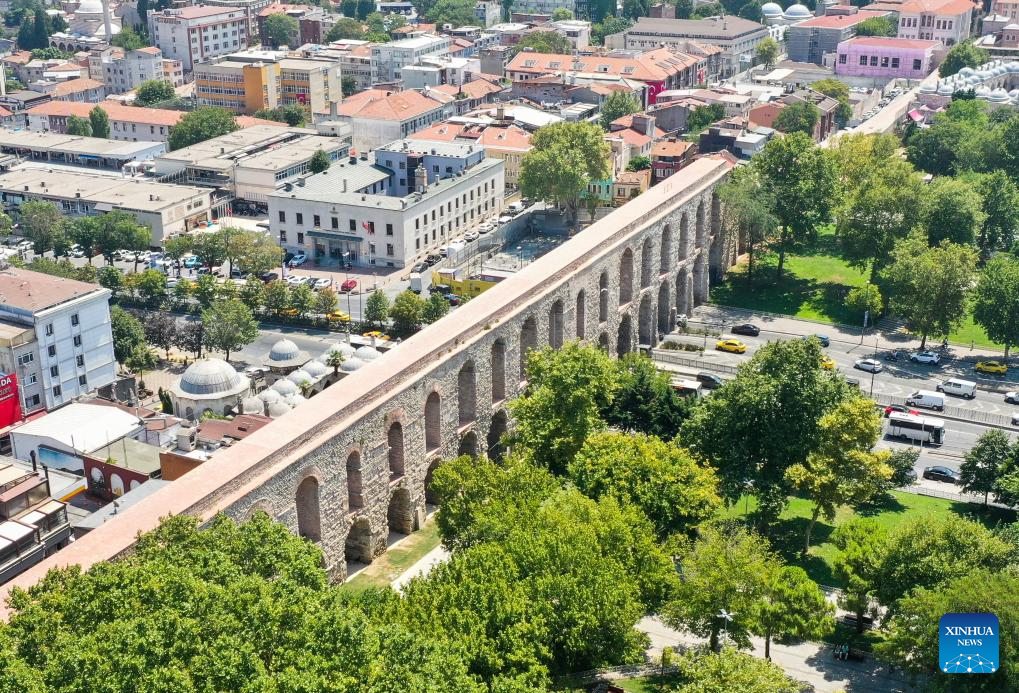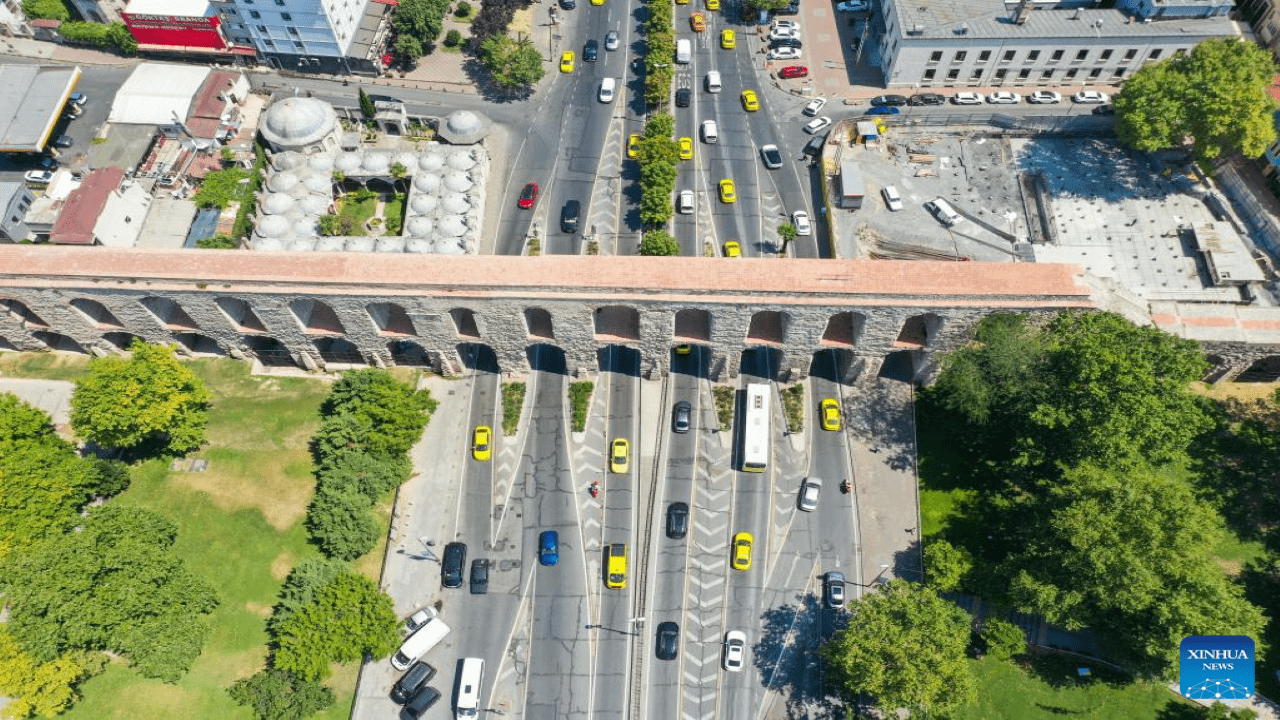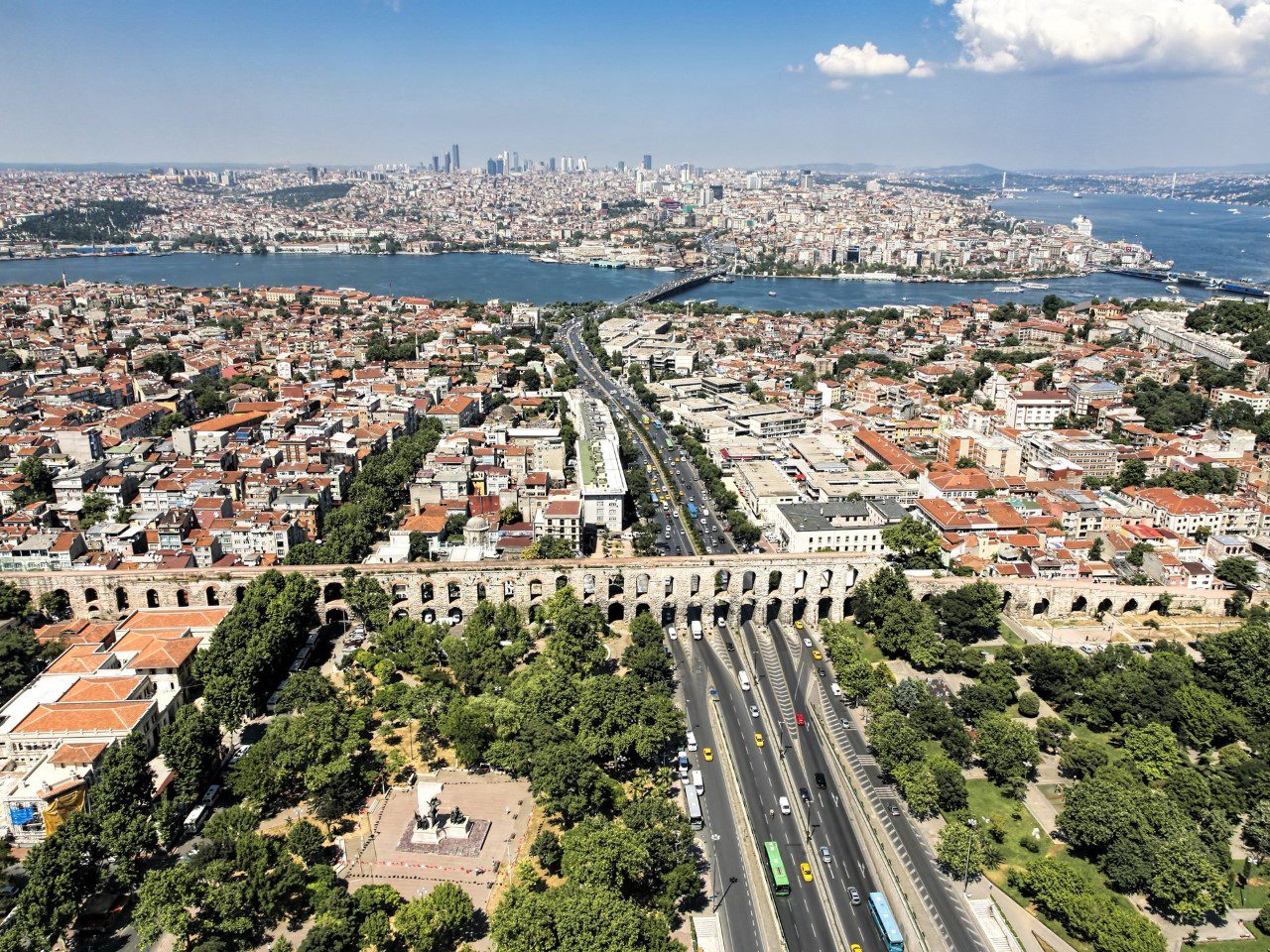Welcome to Istanbul, a city where history seamlessly blends with modernity. Among the many architectural wonders that grace its skyline, the Aqueduct of Valens stands as a testament to the engineering marvels of the Roman Empire. Spanning centuries and captivating visitors with its grandeur, this ancient aqueduct is a landmark that continues to fascinate locals and tourists alike. This article will delve into the rich history and significance of the Aqueduct of Valens, exploring its construction, its role in ancient Constantinople, and its enduring legacy in present-day Istanbul.
The Aqueduct of Valens: A Glimpse into Ancient Constantinople
This bridge, also known as Bozdogan Kemeri in Turkish, was built during the reign of Emperor Valens in the 4th century AD. It served as a crucial water supply system, providing Constantinople (present-day Istanbul) with fresh water from the Belgrade Forest, nearly 19 kilometers away. The aqueduct’s impressive structure spanned approximately 971 meters, comprising multiple arches and pillars that showcased the architectural prowess of the Roman Empire.

Construction and Engineering Feats
This bridge was an engineering marvel of its time. It used arches, columns, and underground conduits to transport water to the city. The aqueduct’s precise construction and strategic positioning allowed it to overcome the region’s hilly terrain, ensuring a steady flow of water to Constantinople. Sturdy materials such as brick and stone contributed to the aqueduct’s durability, with some sections still standing strong after more than 1,500 years.
Aqueduct of Valens and Ancient Constantinople
During the Byzantine era, the Aqueduct of Valens played a vital role in the growth and prosperity of Constantinople. Its reliable water supply sustained the city’s population and supported various public and private structures, including bathhouses, cisterns, and palaces. The aqueduct symbolized the empire’s grandeur, showcasing the sophistication and advanced engineering capabilities of the Roman Empire.

The Aqueduct of Valens Today
Today, the Aqueduct of Valens continues to captivate visitors with its historical significance and architectural beauty. It is a prominent landmark in Istanbul, evoking a sense of awe and wonder. The aqueduct’s surrounding area has been transformed into a picturesque park, offering a tranquil escape from the bustling city. Visitors can stroll along the footpaths, marvel at the impressive arches, and capture stunning photographs that encapsulate the fusion of ancient and modern Istanbul.
Exploring the Aqueduct of Valens: A Must-Visit Attraction
If you’re planning a trip to Istanbul, a visit to the Aqueduct of Valens should be on your itinerary. Immerse yourself in the rich history of the Roman Empire as you explore this magnificent structure. Take a leisurely walk along the aqueduct, imagine the water flowing through its channels, and appreciate the architectural genius of the ancient Romans. Whether you’re a history enthusiast or simply seeking a unique experience, the Aqueduct of Valens will leave a lasting impression.

Conclusion
The Aqueduct of Valens stands as a remarkable testament to the engineering achievements of the Roman Empire, serving as a tangible link to Istanbul’s ancient past. As you wander through the bustling streets of this vibrant city, take a moment to appreciate the grandeur and significance of the Valens. Its towering arches and rich history offer a glimpse into the remarkable civilization that shaped Istanbul’s cultural landscape. Visit this Roman marvel and be transported back to an era of architectural excellence and ingenuity.
Aqueduct of Valens FAQs:
What is the significance of the Aqueduct of Valens in Istanbul's history?
The Aqueduct of Valens played a crucial role in ancient Constantinople by supplying fresh water to the city. It supported the growth and prosperity of the Byzantine capital, sustaining its population and various structures.
Can visitors walk along the Aqueduct of Valens?
Yes, visitors can walk along the Aqueduct of Valens and explore its impressive arches. The surrounding area has been transformed into a park, providing a picturesque setting for strolls.
How old is the Aqueduct of Valens?
Yes, visitors can walk along the Aqueduct of Valens and explore its impressive arches. The surrounding area has been transformed into a park, providing a picturesque setting for strolls.
Are there any other notable Roman structures in Istanbul?
Istanbul is home to several notable Roman structures, including the Theodosian Walls and the Basilica Cistern. These architectural marvels showcase the rich Roman heritage of the city.
Can the Aqueduct of Valens be visited for free?
Yes, visiting the Aqueduct of Valens is free of charge. Visitors can enjoy this ancient Roman marvel's historical significance and architectural beauty without any admission fees.



0 Comment